Perhaps a trip to Japan will be beneficial to the people who want to understand Japanese art. Japanese art is beautiful and the essence lies in details. The art is obvious in theatre, religion and music. One needs to evaluate the art with heart and just not with eyes. Vivid sketches of travelers, mountains, landscapes, cherry blossoms, trees and people brings out the beauty of Japan in ancient era. The Great Wave off Kanagawa is art in woodblock prints, the prominent craftsmanship in Edo times wherein the texture of the carved wood became an integral part of the drawing.
© copyright WriterArtist 2023, All rights reserved
Image Courtesy Pixabay, Author Prawny


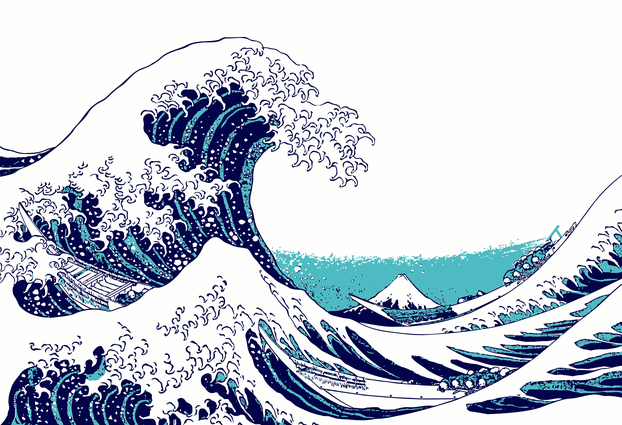

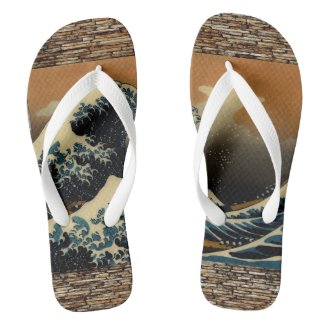

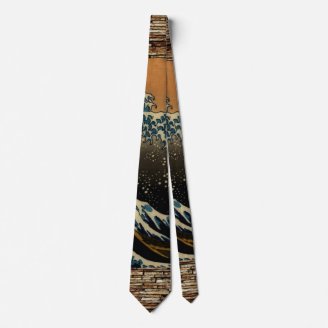


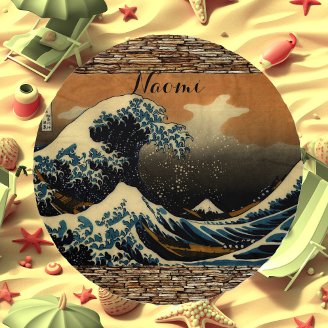
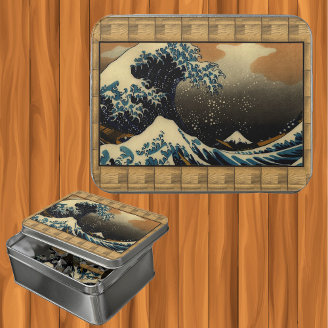
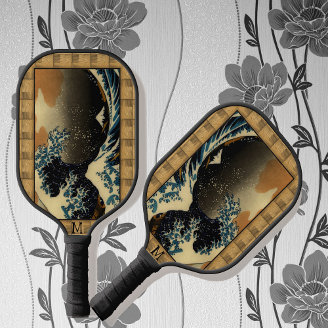



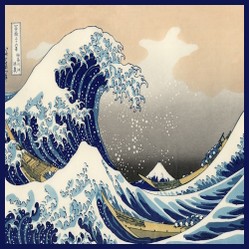

 Harvest Bounty of Fall Fruitson 08/03/2023
Harvest Bounty of Fall Fruitson 08/03/2023
 Is Buddhism older than Hinduism?on 06/13/2023
Is Buddhism older than Hinduism?on 06/13/2023
 Was Tirumala Tirupati Balaji Temple a Buddhist Shrine?on 06/13/2023
Was Tirumala Tirupati Balaji Temple a Buddhist Shrine?on 06/13/2023
 Renowned Historical Doting Father Figureson 05/29/2023
Renowned Historical Doting Father Figureson 05/29/2023

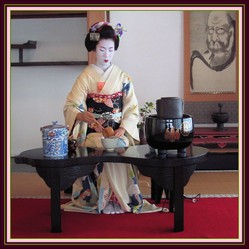
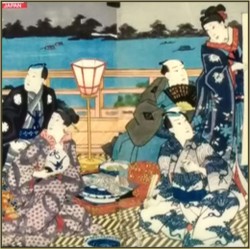
What is your first impression of the drawing?
It's interesting that posterity realizes, even as Hokusai contemporaries realized, as their takeaway from the block the Kanagawa wave.
As I mention elsewhere in the comment boxes below, it may be that Hokusai would have preferred viewers concentrating upon Mount Fuji, his announced subject of that block series.
Online sources mention something etymologically interesting about Mount Fuji. They suggest the current spelling of Mount Fuji as 富士山, "Prosperous Mountain" transforms its original spelling and meaning as 不二山, "Peerless Mountain" deemed unlike any other anywhere.
Would it be possible that Hokusai wanted viewers to watch how Mount Fuji was somewhat dwarfed by the Kanagawa wave but still would be there long after the wave dissipated?
The second paragraph under your fourth subheading, What comes to your mind?
What is about to happen?, asks a question that I notice in a new way after going through online sources. It asks "By the way, have you wondered the fate of the boat and the state of the people sailing in it. Do you see if they are panicking? On the contrary, they look ready to embrace the wave. They know they will come out without much damage if they hold on tight and keep calm."
The block title, 神奈川沖浪裏, Kanagawa-oki Nami Ura, literally can be translated as "Under the Wave off Kanagawa." Might that give more of an emphasis on who is below and how they react than the typical description of the block as "The Great Wave off Kanagawa"?
Internet sources avail us of all the blocks in the Hokusai series. They conserve his self-created profile of himself as an 83-year-old. Hokusai displays an apparently peaceful attitude even as his eyes and his head embrace a right-sided turn that perhaps expresses longing for someone, something.
Perhaps the self-portrait implies that perhaps his favorite block is not our favorite one. Hokusai made those blocks for and to Mount Fuji.
Might not Hokusai have preferred that we therefore treasure such views as the second (Fine wind, clear morning) or the third (Thunderstorm beneath the summit)?
Your next-to-last subheading, How did the great wave come into being?, describes the Kanagawa wave as one of 36 blocks relating to Mount Fuji. It explains that the blocks furnish their audience with Mount Fuji at different times and from different angles and distances.
Isn't it a bit sad for the artist that the block scene that posterity associates him with perhaps does not convey the totality of the message that he was conveying? Isn't the totality focused upon an attractive albeit scary volcano even as the extraction of just one block focuses us upon a wave?
The second paragraph to your third subheading What comes to mind? What is about to happen?, considers that "It looks as if the wave will gobble the boats. By the way, have you wondered the fate of the boat and the state of the people sailing in it. Do you see if they are panicking? On the contrary, they look ready to embrace the wave. They know they will come out without much damage if they hold on tight and keep calm."
Your interpretation of the passengers as embracing the wave makes me think of some of the water scenes involving the last avatar and the water avatar in M Night Shyamalan's The Last Airbender.
This great Kanagawa wave likewise makes me think of water scenes in The Last Airbender.
I was disappointed in some negative responses to M Night Shyamalan and his creatively genius films. I wish that he'd be permitted to make the sequel that he had in mind.
Would you happen to have seen The Last Airbender?
The first paragraph in your first subheading, Objects of Paintings and Artwork: Woodblock Prints, describes the Edo period as artistically characterized by "objects of drawings [that] were lovers, courtesans and beautiful Kabuki actors."
In a way, those subjects make me think of that time period as artistically promotional, like the 20th and 21st centuries may be said to advance film personalities.
What might be the point of switching to nature themes, a bit more terrifying than consoling unless one notes the calm human protagonists?
With Mount Fuji in the background, would a motivation be not to forget the dangers that come from the waters when one is worried about those that come volcanically from the land?
Tolovaj,
I've always found Arthur Rackham's illustrations to have a clarity of color and composition that is so unique that his illustrations are immediately recognizable to me as his. Your notation of his interest in Japanese woodblock prints is interesting and may explain the impact of his illustrations; nothing seems extraneous.
The computer crashing kept me from adding another impression to my comment below yesterday.
Isn't it interesting that blue, brown, green and white are special colors and that they alone dominate The Great Wave of Kanagawa?
The film The Perfect Storm, with George Clooney and Mark Wahlberg, makes me think of The Great Wave of Kanagawa and vice versa.
It might be interesting to look into symbolism of colors, shapes and title.
For example, the blue and the white seem cold (and relentless).
The foam seems ominous, with what you mention as claw-like ends.
The wave seems so high, like the unmerciful wave in The Perfect Storm.
But, unlike the latter, the Hokusai painting shows what suggests to me the Cross or the beautiful statue of Cristo Redentor ("Christ the Redeemer") atop Corcovado mountain, Tijuca National Park, Rio de Janeiro, Distrito Federal, Brasil.
Hokusai's art made a huge impact on Western art in the second half of the 19th and the beginning of the 20th century. Arthur Rackham, probably the most influential illustrator of the 20th century was heavily influenced by Japanese woodblocks. This art is seemingly simply yet with an astonishing effect.